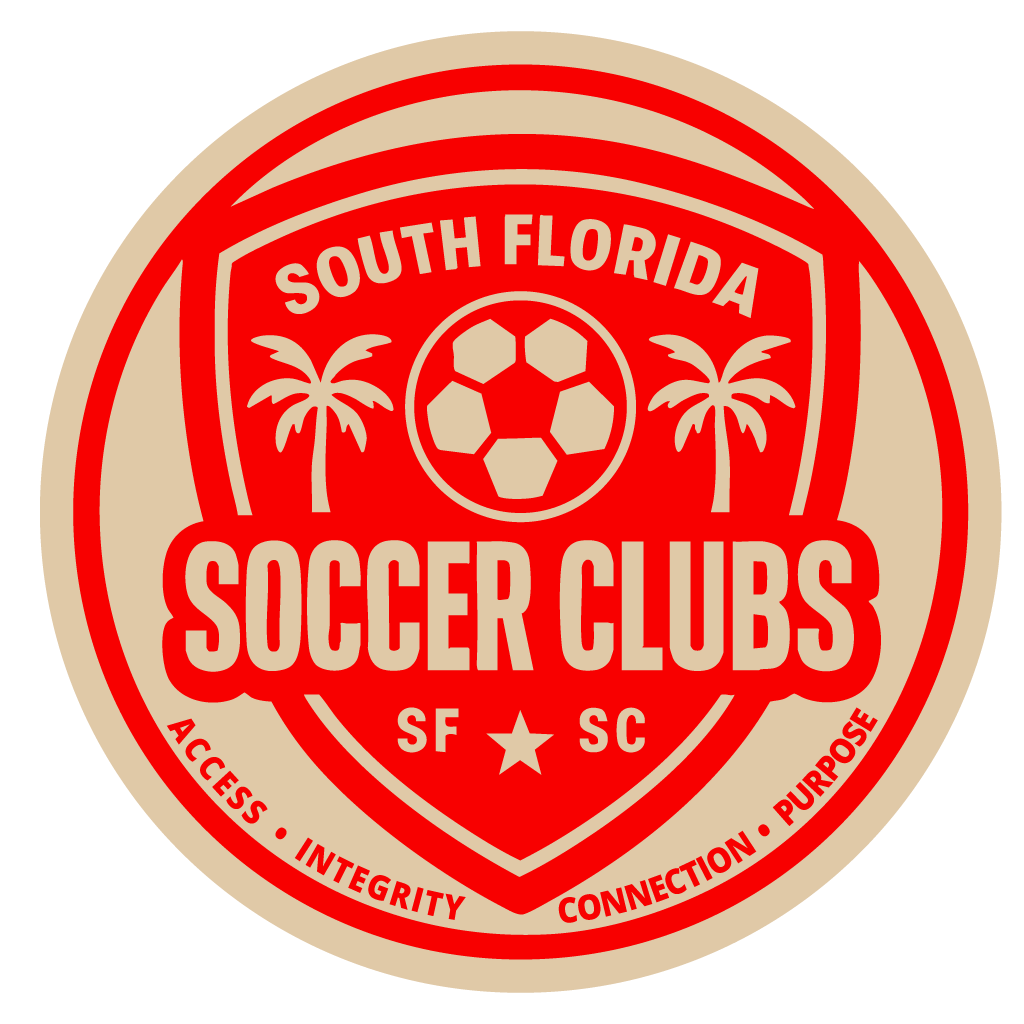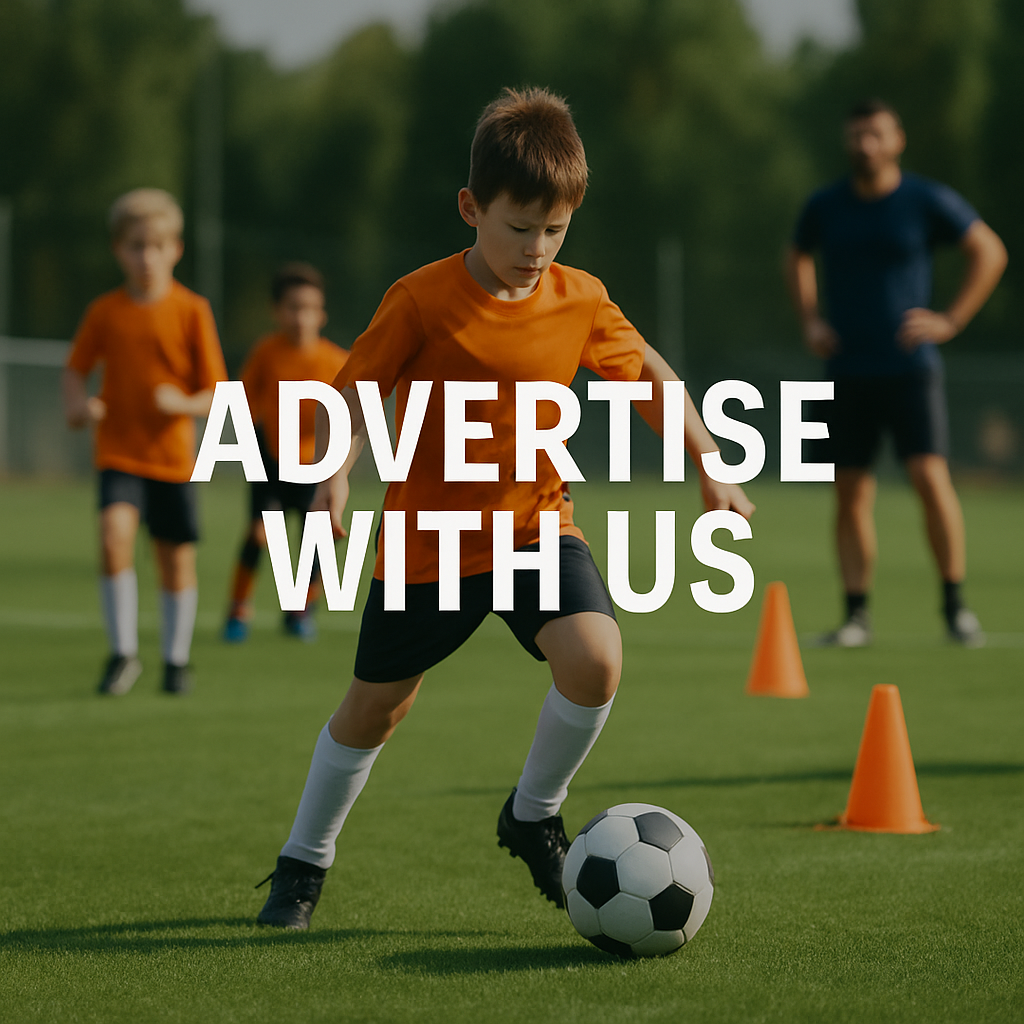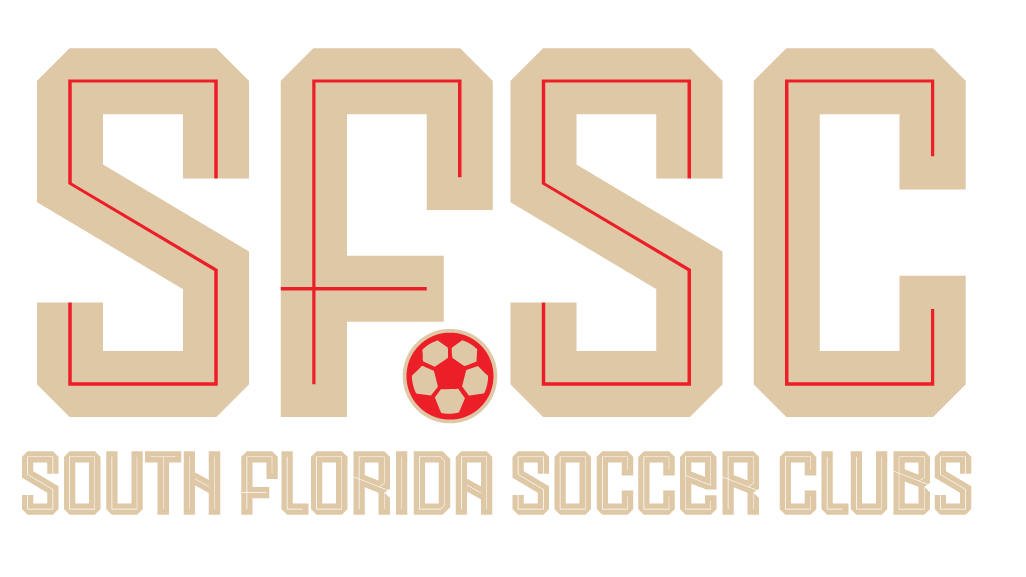What is a Concussion?
A concussion is a type of traumatic brain injury (TBI) caused by a bump, blow, or jolt to the head—or even to the body—that causes the brain to move inside the skull. In soccer, this often happens from heading the ball, collisions, or falls.
Why Concussions Matter in Youth Soccer
- Youth brains are still developing, making them more vulnerable to lasting damage.
- Ignoring a concussion or returning to play too early increases the risk of second-impact syndrome, which can be dangerous or even fatal.
- Educating players, coaches, and parents leads to quicker recognition and safer outcomes.
Common Signs & Symptoms
(They may appear immediately or hours later.)
Physical:
- Headache
- Nausea or vomiting
- Balance problems
- Blurred vision
- Sensitivity to light/noise
Cognitive:
- Confusion
- Memory issues
- Feeling “foggy” or slow
Emotional/Behavioral:
- Irritability
- Sadness or anxiety
- Unusual mood changes
Sleep-related:
- Drowsiness
- Sleeping more or less than usual
- Trouble falling asleep
What to Do If You Suspect a Concussion
- Remove the player immediately from play or practice.
- Do NOT let them return the same day, even if symptoms seem mild.
- Seek medical evaluation from a concussion-trained doctor.
- Follow return-to-play protocols approved by your doctor.
Treatment & Recovery
- Rest (mental + physical): Limit screen time, schoolwork, and physical activity early on.
- Gradual return: Work with your doctor and coach to follow a step-by-step plan.
- Monitor closely: Especially the first 48 hours.
- Hydration & nutrition can aid recovery.
- Avoid NSAIDs (like ibuprofen) right after injury unless advised.
Prevention Tips
- Teach proper heading technique (only for older age groups).
- Use age-appropriate balls and training methods.
- Enforce no-contact rules in practice.
- Promote respect and sportsmanship to reduce reckless play.
- Coaches should be trained in concussion recognition and protocols.
Return-to-Play Protocol After a Concussion
Important: A player should only begin this process after being symptom-free at rest and cleared by a qualified medical professional.
Each stage typically takes at least 24 hours, and the player must remain symptom-free to advance. If symptoms return, they must stop immediately and return to the previous stage after 24 hours.
Stage 1: Rest & Recovery
- Goal: Allow the brain to heal.
- What to Do: No physical activity. Limit screen time, schoolwork, and stimulation.
- Duration: Varies by individual — usually several days until symptom-free.
Stage 2: Light Aerobic Activity
- Goal: Increase heart rate without head impact.
- Examples: Walking, light stationary biking.
- No: Resistance training or ball contact.
Stage 3: Moderate Exercise
- Goal: Add movement and coordination.
- Examples: Jogging, basic soccer drills (without opponents).
- Still No: Heading, contact, or scrimmage.
Stage 4: Non-Contact Training
- Goal: Simulate sport-specific activities.
- Examples: Dribbling, passing, agility drills with teammates.
- Coach monitors: No heading or collisions allowed.
Stage 5: Full Practice
- Goal: Restore confidence and assess readiness.
- What to Do: Full training including heading and controlled contact.
- Must remain: Symptom-free before moving forward.
Stage 6: Return to Game Play
- Player may fully return to competitive matches.
- Monitor post-game for any symptoms.






